What is the snowball effect in software engineering?
Last updated: March 13, 2024 Read in fullscreen view
- 15 Feb 2024
 What is a Cut-Over in Software Development? 39/1198
What is a Cut-Over in Software Development? 39/1198 - 02 Nov 2023
 Differences between software walkthrough, review, and inspection 27/2008
Differences between software walkthrough, review, and inspection 27/2008 - 18 Oct 2020
 How to use the "Knowns" and "Unknowns" technique to manage assumptions 21/992
How to use the "Knowns" and "Unknowns" technique to manage assumptions 21/992 - 05 Jul 2020
 What is Sustaining Software Engineering? 15/1195
What is Sustaining Software Engineering? 15/1195 - 01 Oct 2020
 Fail fast, learn faster with Agile methodology 13/975
Fail fast, learn faster with Agile methodology 13/975 - 20 Mar 2022
 What is a Multi-Model Database? Pros and Cons? 11/1068
What is a Multi-Model Database? Pros and Cons? 11/1068 - 01 Mar 2023
 What is Unit Testing? Pros and cons of Unit Testing? 8/361
What is Unit Testing? Pros and cons of Unit Testing? 8/361 - 19 Oct 2021
 Is gold plating good or bad in project management? 8/756
Is gold plating good or bad in project management? 8/756 - 10 Nov 2022
 Poor Code Indicators and How to Improve Your Code? 8/214
Poor Code Indicators and How to Improve Your Code? 8/214 - 30 Jan 2022
 What Does a Sustaining Engineer Do? 7/556
What Does a Sustaining Engineer Do? 7/556 - 06 Feb 2021
 Why fail fast and learn fast? 6/376
Why fail fast and learn fast? 6/376 - 01 Feb 2024
 How long does it take to develop software? 6/210
How long does it take to develop software? 6/210 - 01 Mar 2023
 Bug Prioritization - What are the 5 levels of priority? 6/207
Bug Prioritization - What are the 5 levels of priority? 6/207 - 18 Aug 2022
 What are the consequences of poor requirements with software development projects? 4/243
What are the consequences of poor requirements with software development projects? 4/243 - 31 Dec 2021
 What is a Data Pipeline? 4/187
What is a Data Pipeline? 4/187 - 14 Oct 2021
 Advantages and Disadvantages of Time and Material Contract (T&M) 4/794
Advantages and Disadvantages of Time and Material Contract (T&M) 4/794 - 08 Oct 2022
 KPI - The New Leadership 3/557
KPI - The New Leadership 3/557 - 22 Sep 2022
 Why is it important to have a “single point of contact (SPoC)” on an IT project? 3/844
Why is it important to have a “single point of contact (SPoC)” on an IT project? 3/844 - 31 Oct 2021
 Tips to Fail Fast With Outsourcing 3/376
Tips to Fail Fast With Outsourcing 3/376 - 23 Sep 2021
 INFOGRAPHIC: Top 9 Software Outsourcing Mistakes 2/412
INFOGRAPHIC: Top 9 Software Outsourcing Mistakes 2/412 - 28 Dec 2021
 8 types of pricing models in software development outsourcing 2/418
8 types of pricing models in software development outsourcing 2/418 - 13 Dec 2020
 Move fast, fail fast, fail-safe 2/292
Move fast, fail fast, fail-safe 2/292 - 02 May 2022
 What Is RAID in Project Management? (With Pros and Cons) 2/735
What Is RAID in Project Management? (With Pros and Cons) 2/735 - 10 Dec 2023
 Pain points of User Acceptance Testing (UAT) 2/417
Pain points of User Acceptance Testing (UAT) 2/417 - 17 Feb 2022
 Prioritizing Software Requirements with Kano Analysis 2/284
Prioritizing Software Requirements with Kano Analysis 2/284 - 26 Dec 2023
 Improving Meeting Effectiveness Through the Six Thinking Hats 1/205
Improving Meeting Effectiveness Through the Six Thinking Hats 1/205 - 05 Jan 2024
 Easy ASANA tips & tricks for you and your team 1/181
Easy ASANA tips & tricks for you and your team 1/181 - 11 Jan 2024
 What are the Benefits and Limitations of Augmented Intelligence? 1/435
What are the Benefits and Limitations of Augmented Intelligence? 1/435 - 25 Apr 2021
 What is outstaffing? 1/229
What is outstaffing? 1/229 - 19 Apr 2021
 7 Most Common Time-Wasters For Software Development 1/525
7 Most Common Time-Wasters For Software Development 1/525 - 13 Nov 2021
 What Is Bleeding Edge Technology? Are bleeding edge technologies cheaper? 1/455
What Is Bleeding Edge Technology? Are bleeding edge technologies cheaper? 1/455 - 06 Nov 2019
 How to Access Software Project Size? /236
How to Access Software Project Size? /236 - 03 Jul 2022
 What is the difference between Project Proposal and Software Requirements Specification (SRS) in software engineering? /957
What is the difference between Project Proposal and Software Requirements Specification (SRS) in software engineering? /957 - 10 Apr 2022
 What is predictive analytics? Why it matters? /167
What is predictive analytics? Why it matters? /167 - 14 Mar 2024
 Why should you opt for software localization from a professional agency? /117
Why should you opt for software localization from a professional agency? /117 - 12 Mar 2024
 How do you create FOMO in software prospects? /131
How do you create FOMO in software prospects? /131 - 21 Oct 2025
 Cloud-Native Development: Why It’s the Future of Enterprise IT /43
Cloud-Native Development: Why It’s the Future of Enterprise IT /43
What is the snowball effect theory?
The snowball effect is a psychological term that explains how small actions can cause bigger and bigger actions, ultimately resulting in a big impact. Imagine a snowball that is rolling down a snow-covered hill. It starts small, but as it gathers more momentum, it picks up more snow, making it larger and larger.
The Software Snowball Effect
It’s the ‘good software snowball’ effect. Here’s also the ‘bad software snowball effect’ but that one’s not relevant. Here’s what the good software snowball effect is:
Once the groundwork is laid, the further into a software project you get, the faster you can add functionality.
This is profound. It means that once the minimum viable product (MVP) is built, the rate at which you can add functionality, at least for a good piece of the life of a software project, grows exponentially! In other words, assume that it takes a year to get the MVP built and polished. In the following six months, you can expect to be able to at least double the functionality of the MVP. And in the six months after that, you will likely be able to do so again.
This doesn’t mean that it’s a good thing to lather on loads of ‘bells and whistles’ just because you can. One still needs to be disciplined in choosing what functionality to add and to be careful not to bloat the product with unnecessary features.
That said – that roadmap that you’ve been building since before the first line of code went down… That roadmap that’s been growing based on customer input and looking at other products and imagining what could be… that list of ‘must have’ features that’s been growing faster than you ever thought you’d ever be able to deliver on it… suddenly, it starts to shrink. Suddenly, you can deliver to your customers, great new features, much faster than you had been able to do before.
The reason this happens is quite simple: You start by building infrastructure; basic building blocks and various tools. Until these are built, progress is slow. But once the building blocks are available, you can start to combine them to produce bigger building blocks. And then you can combine those building blocks to build even bigger ones. Unlike building physical things, you don’t need to do much work to combine building blocks into bigger building blocks. It pretty much comes for free.
And that’s the beauty of software development. And right now, we, the product team at Scope 5, find ourselves in the happy position of having delivered a solid MVP and starting to reap the benefits and the joys of exponential productivity. And our customers are finding themselves in a similar happy position of seeing those great features they’ve been waiting for, rolling out at a quickening pace.
Via scope5
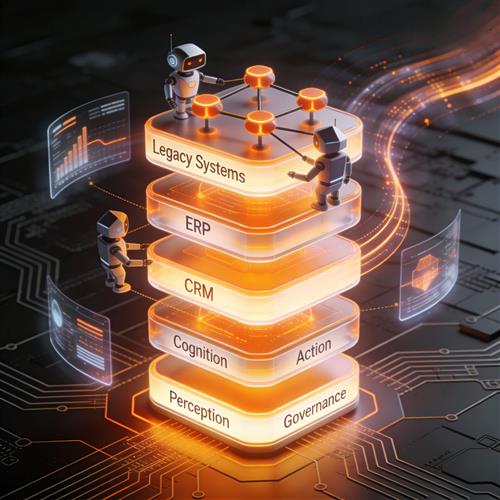

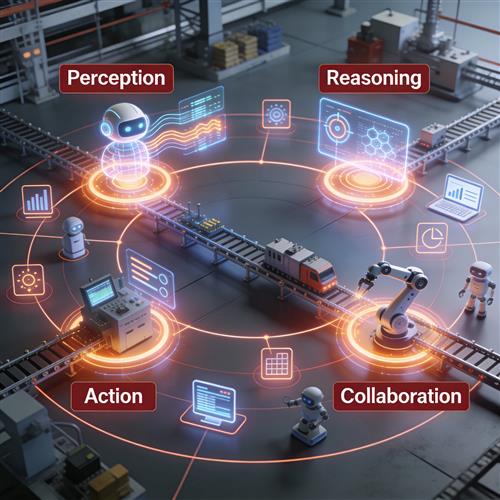


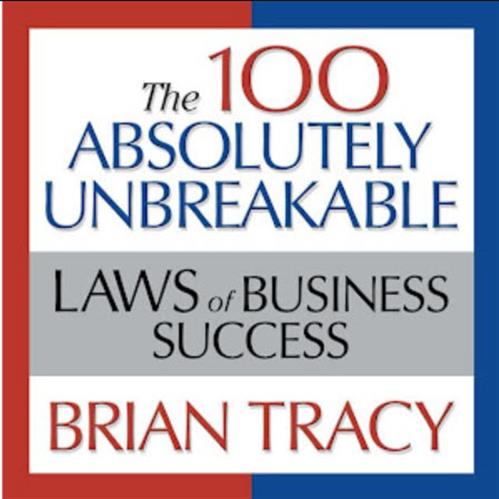


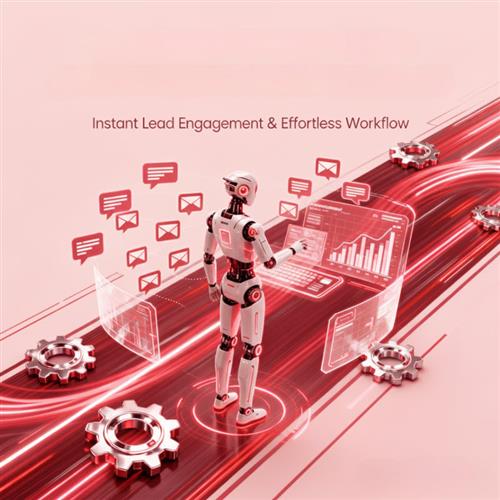


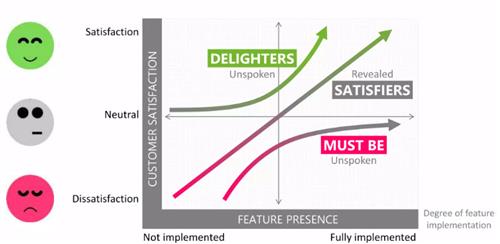
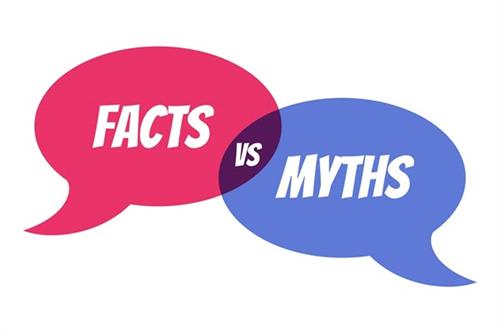



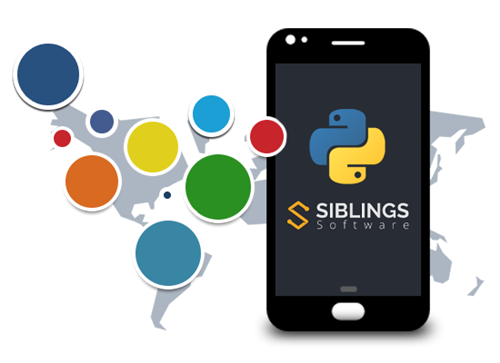
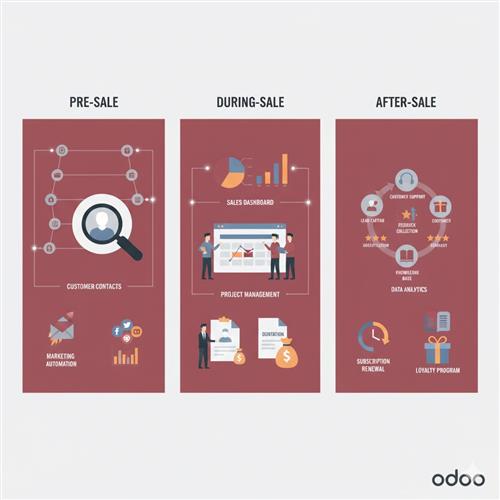
















 Link copied!
Link copied!
 Recently Updated News
Recently Updated News